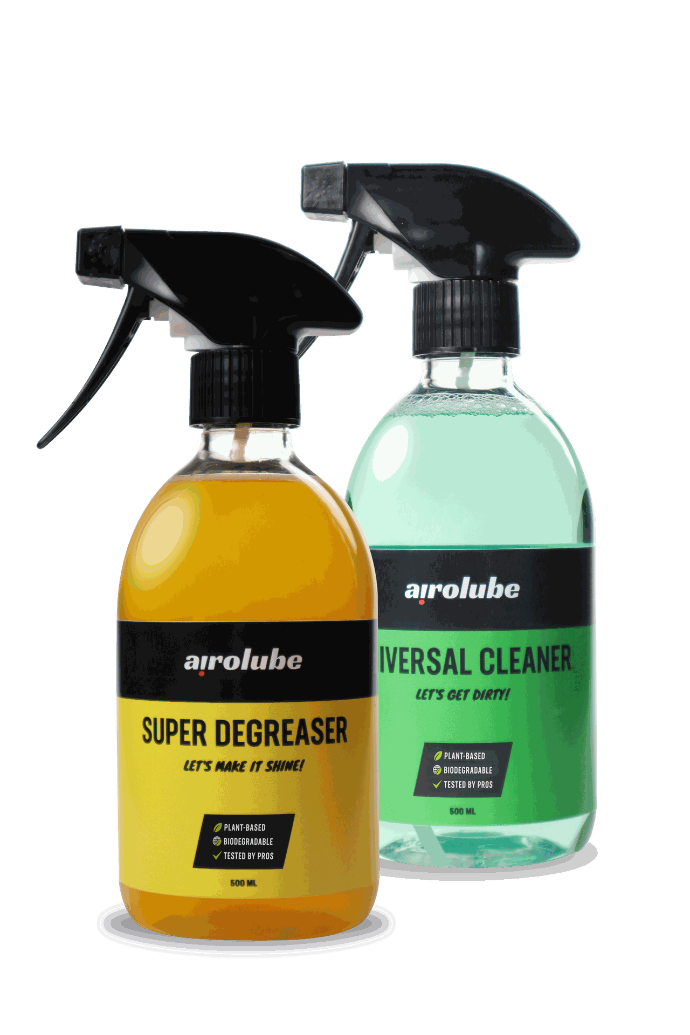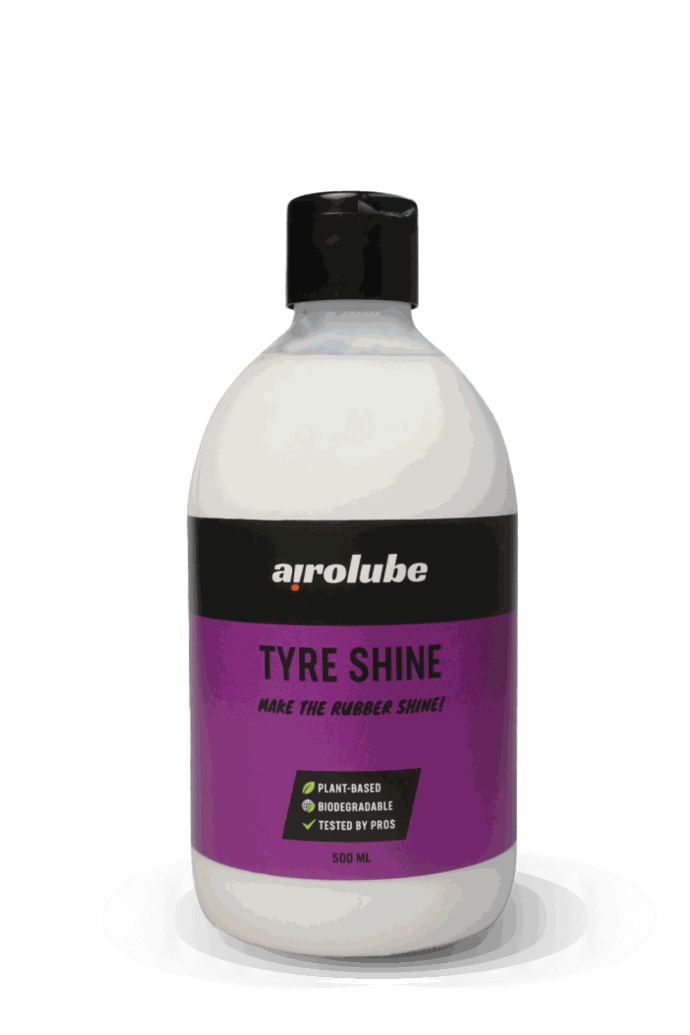It's that time again, after the first night of frost, you find yourself looking at your car, and the door is sticking. You hear your 65-year-old neighbor say, "Just grease the door seals with Vaseline," or something similar. "Make sure your seals are greasy." These are typical tips from the past, old tricks but actually quite outdated. Nowadays, there are better, safer, and more sustainable solutions for this common frost problem.
WHY SHOULD YOU LUBRICATE THE DOOR SEALS?
Nothing is as unstable in the Netherlands as the temperature. During the day, a fresh temperature above zero, and at night, the temperature drops below freezing. These temperature fluctuations can cause condensation. This condensation freezes at night and thaws during the day. These droplets slowly crawl between the seals and other nooks and crannies where you don't want moisture. The result: a door that is difficult to open. Very inconvenient, especially if you're just late to take your child to school or have forgotten an important meeting.
WHY SHOULD YOU APPLY GREASE TO THE RUBBERS OF YOUR CAR?
In the early 20th century, life was not filled with luxury. Solutions were limited, winters were harsh, and the insulation of houses and vehicles was moderate. Grease was a handy go-to back then. Just like residents in the polar regions discovered, the Dutch also found that grease works well against the cold. Soon, we found greasy solutions for door handles, locks, hinges, and other parts that need to keep moving.
Later, as cars became better sealed and started using door seals, the problem of frozen seals emerged. And what is your first thought? Exactly, grease them! Meanwhile, developments have not stood still, and we know better. There are improved alternatives and products that address the problem better than the old-fashioned grease. Grease belongs to the time of our ancestors; modern times have better solutions, even based on plant-based materials.
WHAT IS THE DRAWBACK OF APPLYING GREASY STUFF?
Let's go through all the tricks of our ancestors when it comes to greasing rubbers. In summary, they are all tricks that ensure the rubber you grease does not freeze. We know smearing with Vaseline, spraying with a silicone spray, or greasing with oil. The problem with all these solutions is that, with one-time or short-term use, they have few disadvantages, but these products do affect the rubbers or the paint of your car. You may get a dirty discoloration on your paint. Products like Vaseline and silicone spray contain petroleum (crude oil) and many solvents. These penetrate well into your rubbers and affect them from the inside. You may not notice this immediately, but if you own your car for a longer period, you will notice that the rubbers do not seal as well, become dirty and sticky, or even become completely soft and deformed. The use of pure oil can even damage your paint, causing damage to your paint.
WHAT IS THE ALTERNATIVE THEN?
Let's say that we expect the following from a product we want to use to lubricate the door seals.
- The seals should not freeze
- The seals should not stick
- The product must completely dry
- No stains should remain
- It must withstand moisture well
- And it definitely should not damage paint and rubber
With this list, you quickly realize that there are quite a few products you can use for your car that can be very handy for this result. We're talking about the Bumper &
Plastic Conditioner and Tyre Shine. Both are developed to nourish and protect rubber or plastic from external influences. In short, they are water-repellent and conditioning, the right properties we need for lubricating seals. Okay, we admit, you have to think a little differently and use the products a bit outside their actual application, but the most important thing is: it works for your door seals, it's good for your car, and it's good for you. And admit it, it's also nice that you can use those products for something other than just your car tires or bumpers.
HOW DO I APPLY THE GREASE THEN?
To properly protect the seals from frost, we must ensure that all condensation and dirt residues are removed from the seals. Therefore, wash your seals in advance using the Super Degreaser or the Universal Cleaner. Make sure you let the seals dry thoroughly and then apply the Tyre Shine or Bumper & Plastic Conditioner. Let it soak in well, and your seals are protected. Of course, there is a shelf life, so in a long winter, you may need to redo this task, especially the lubrication, a few times.



